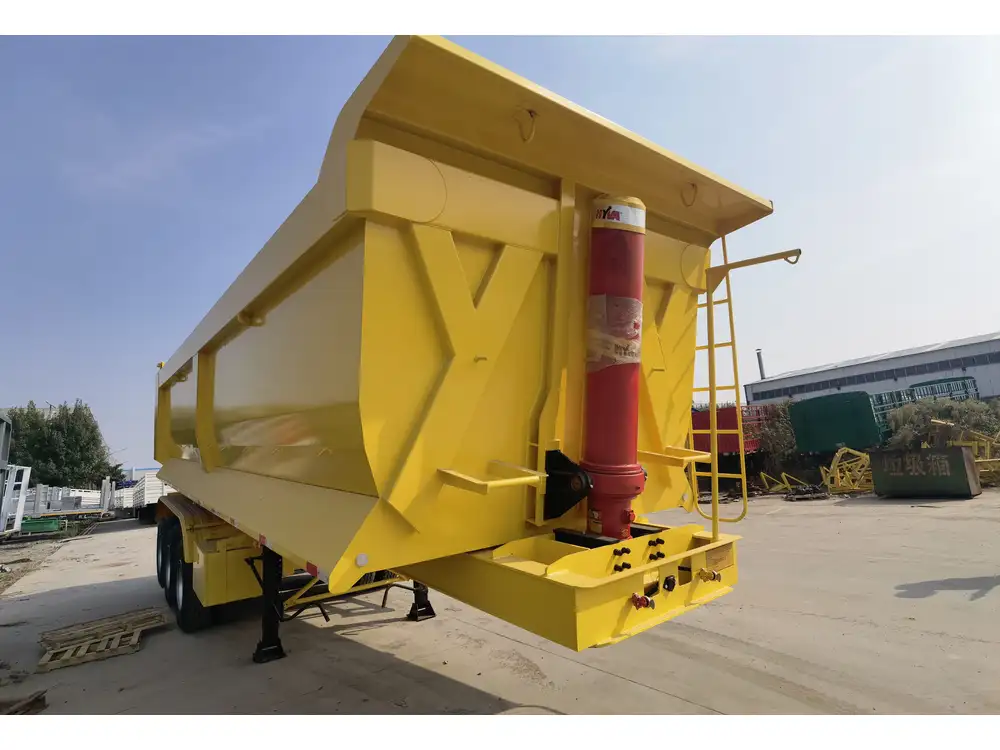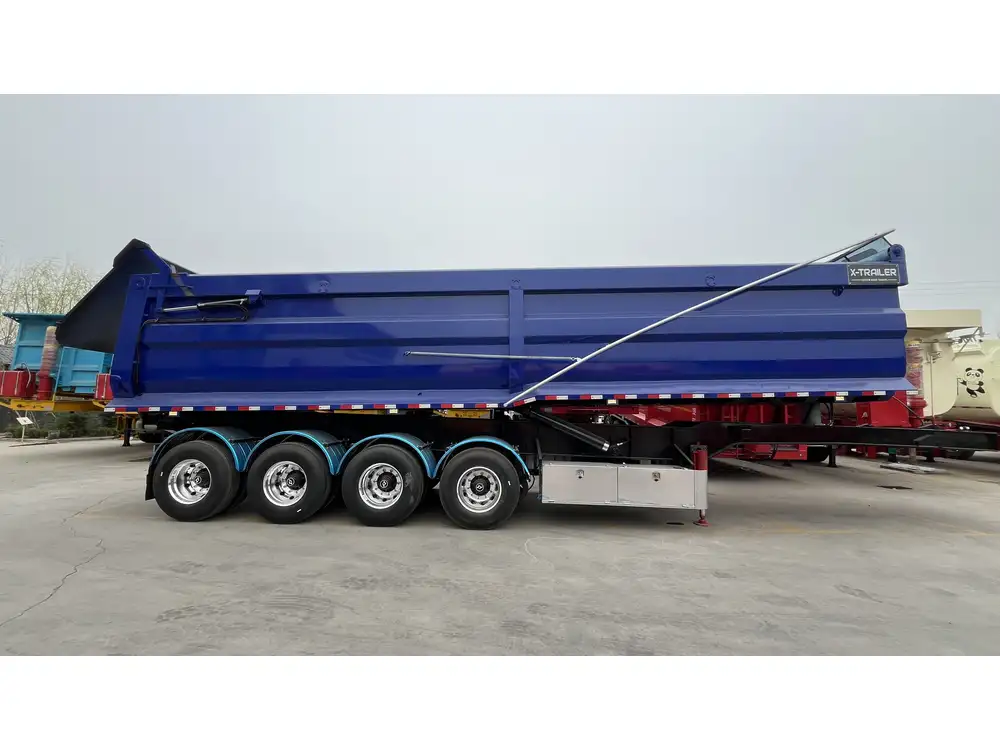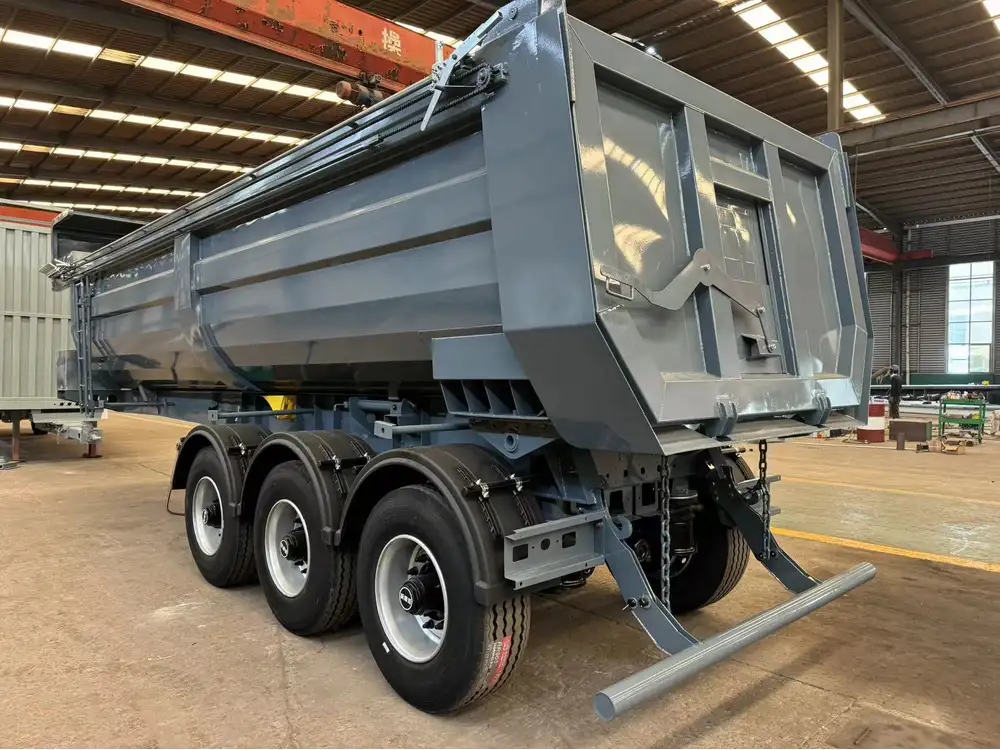Replacing the fresh water tank in your travel trailer might seem like a daunting task, but with the right tools, knowledge, and step-by-step guidance, it can be accomplished efficiently and effectively. Whether you’re dealing with leaks, damage, or a simple upgrade, we’ve compiled a meticulous roadmap to ensure a smooth replacement process. This detailed guide is structured to walk you through every phase of the replacement, so you can enjoy your travels with peace of mind.
Understanding the Fresh Water System
Before diving into the replacement process, let’s dissect the components of the fresh water system in a travel trailer. Generally, your system consists of:
- Fresh Water Tank: Holds potable water for domestic use.
- Pump: Delivers water from the tank to various outlets.
- Water Lines: Transport water to sinks, showers, and toilets.
- Fittings and Valves: Control water flow and direct it to specific areas.
Each part plays a significant role, and the focus of this guide will primarily be on the fresh water tank itself.
Signs That Indicate You Need a Replacement

Common Issues with Fresh Water Tanks
- Leaking: Visible water damage or moisture underneath the tank.
- Cracking: Physical damage that affects structural integrity.
- Algae Growth: Signs of biological growth indicating possible contamination.
- Age: Over time, materials degrade, necessitating replacement.
Addressing these issues promptly will enhance the functionality of your travel trailer and improve your overall camping experience.
Preparation Steps: Tools and Materials Needed
Before initiating the replacement, gather the necessary tools and materials:
Tools
| Tool | Purpose |
|---|---|
| Screwdriver | Removing screws on access panels |
| Wrench | Disconnecting water lines |
| Utility Knife | Cutting any necessary seals or caulks |
| Bucket | Catching residual water |
| Safety Goggles | Protecting your eyes during work |
| Gloves | Reducing risk of cuts and abrasions |
| Drill (optional) | For new mounting holes if needed |

Materials
| Material | Purpose |
|---|---|
| New Fresh Water Tank | Replacement unit |
| Teflon Tape | Sealing threaded connections |
| Hose Clamps | Securing hoses to the new tank |
| Silicone Sealant | Ensuring watertight seals |
| Water Line Hoses | Replacing old, worn hoses |
Step-by-Step Replacement Process
Step 1: Locate the Fresh Water Tank
The tank is typically located beneath the trailer or inside a storage compartment. To find it:
- Inspect your travel trailer’s manual for diagrams.
- Look for an access panel; this may require removing screws or fasteners.

Step 2: Drain the Existing Tank
Before removal, it’s essential to drain the existing tank to prevent spills and facilitate handling:
- Turn off the water supply at the main valve.
- Attach a hose to the tank’s drain valve and route it to a bucket.
- Open the drain valve and allow the water to flow out completely.
Step 3: Disconnect the Water Lines
Now, proceed to disconnect the water supply lines:
- Identify the inlet and outlet lines.
- Using a wrench, carefully unscrew the fittings—expect some residual water to escape.
- If necessary, use a utility knife to cut any stubborn hoses.
Step 4: Remove the Old Water Tank
With the lines disconnected, it’s time to extract the old tank:
- Inspect for mounting brackets or screws securing the tank.
- Remove any fasteners using a screwdriver or wrench.
- Gently lift the tank out of its space, ensuring no sharp edges catch on surrounding materials.

Step 5: Prepare the New Tank
Prior to installation:
- Compare the old and new tanks to ensure compatibility.
- If required, prepare new mountings or adjustments to fit the space.
Step 6: Install the New Fresh Water Tank
Now it’s time to place the new tank into the bay:
- Position the new tank carefully in the same location, ensuring it aligns with the existing brackets.
- Securely fasten it using the previously removed screws or new hardware if applicable.
- Ensure the tank is level to prevent any water settling issues.
Step 7: Connect Water Lines
Reconnect the water lines to their respective inlet and outlet fittings:
- Apply Teflon tape to threaded connections to ensure a watertight seal.
- Tighten the connections using a wrench, being careful not to overtighten as this could damage the fittings.

Step 8: Seal and Insulate
To enhance the durability of your installation:
- Apply silicone sealant around openings and joints to prevent potential leaks.
- If necessary, insulate any exposed lines, especially in colder climates, to prevent freezing.
Step 9: Fill and Test the System
With everything in place, it’s time to fill the tank and test the system:
- Open the water supply valve slowly and allow the tank to fill.
- Check for leaks at every connection; tighten any loose fittings carefully.
- Test all connected fixtures (sinks, shower, toilet) to ensure proper water flow.
Step 10: Final Inspection
Once tested, perform a final inspection:
- Ensure no leaks are present.
- Confirm that all connections are secure.
- Clean up any tools or excess materials used during the process.

Maintenance Tips for Longevity
Now that you’ve successfully replaced your fresh water tank, consider these maintenance tips for ensuring its longevity and optimal performance:
- Regular Inspections: Periodically check for leaks and ensure connections remain tight.
- Flushing the Tank: Annually flush the tank to remove build-up and prevent contaminants.
- Winterizing: If storing your trailer in colder months, follow winterizing steps to protect the system from freezing.
- Monitoring Water Quality: Regularly check the water for clarity and odor, and replace the tank if quality diminishes significantly.
Conclusion
Replacing the fresh water tank in your travel trailer is a manageable task that, with careful attention to detail and systematic execution, can greatly enhance your camping experience. By following the outlined steps and adopting a proactive maintenance routine, you can ensure that your water supply remains reliable, clear, and safe for consumption. Embrace your adventures with confidence, knowing that you’ve taken essential steps to sustain your travel trailer’s water system. Happy travels!
For further detailed inquiries or assistance, feel free to consult with professionals or experienced RV enthusiasts who can provide valuable insights tailored to your specific model and setup.



